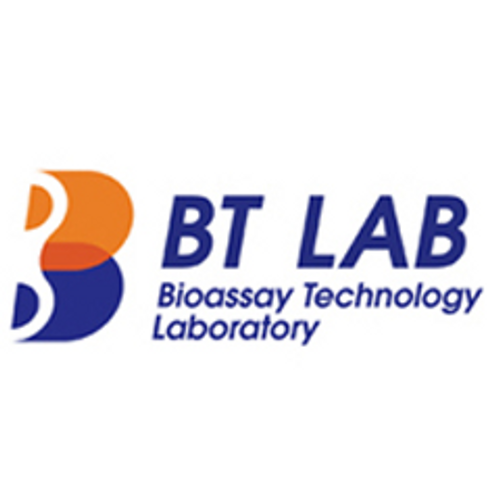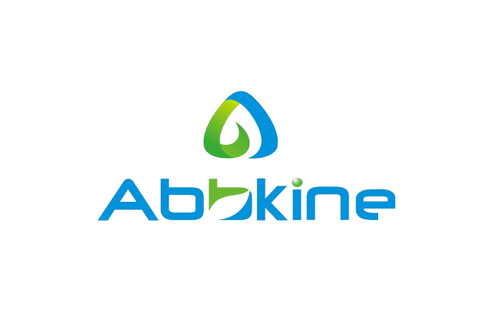Product Description
Mouse Vitamin D2 (VD2) ELISA Kit | AE11753MO | Abebio
Species Reactivity: Mouse (Mus musculus)
Abbreviation: VD2
Alternative Name: N/A
Application: ELISA
Range: 1.23-100 ng/mL
Sensitivity: 0.53 ng/mL
Intra-Assay: ≤6.4%
Inter-Assay: ≤8.5%
Recovery: 1, 1
Sample Type: Serum, Plasma, Other biological fluids
Detection Method: Sandwich
Analysis Method : Quantitive
Test Principale: This assay employs a two-site sandwich ELISA to quantitate VD2 in samples. An antibody specific for VD2 has been pre-coated onto a microplate. Standards and samples are pipetted into the wells and anyVD2 present is bound by the immobilized antibody. After removing any unbound substances, a biotin-conjugated antibody specific for VD2 is added to the wells. After washing, Streptavidin conjugated Horseradish Peroxidase (HRP) is added to the wells. Following a wash to remove any unbound avidin-enzyme reagent, a substrate solution is added to the wells and color develops in proportion to the amount of VD2 bound in the initial step. The color development is stopped and the intensity of the color is measured.
Product Overview: Ergocalciferol is a provitamin form of vitamin D, also called vitamin D2. Ergocalciferol is created when ultraviolet light activates ergosterol. Ergocalciferol is produced in fungi synthetically through irradiation of ergosterol. Human bioavailability of vitamin D2 from vitamin D2-enhanced button mushrooms via UV-B irradiation is effective in improving vitamin D status and not different from a vitamin D2 supplement. Vitamin D2 from UV-irradiated yeast baked into bread is bioavailable. By visual assessment or using a chromometer, no significant discoloration of irradiated mushrooms, as measured by the degree of "whiteness", was observed. One study found low vitamin D2 levels in patients with Alzheimer's disease, but this observational study did not prove cause or effect related to ergocalciferol and vitamin D2 deficiency in the diet.
Stability: The stability of ELISA kit is determined by the loss rate of activity. The loss rate of this kit is less than 5% within the expiration date under appropriate storage condition. The loss rate was determined by accelerated thermal degradation test. Keep the kit at 37°C for 4 and 7 days, and compare O.D.values of the kit kept at 37°C with that of at recommended temperature. (referring from China Biological Products Standard, which was calculated by the Arrhenius equation. For ELISA kit, 4 days storage at 37°C can be considered as 6 months at 2 - 8°C, which means 7 days at 37°C equaling 12 months at 2 - 8°C) .
 Euro
Euro
 USD
USD
 British Pound
British Pound
 NULL
NULL












